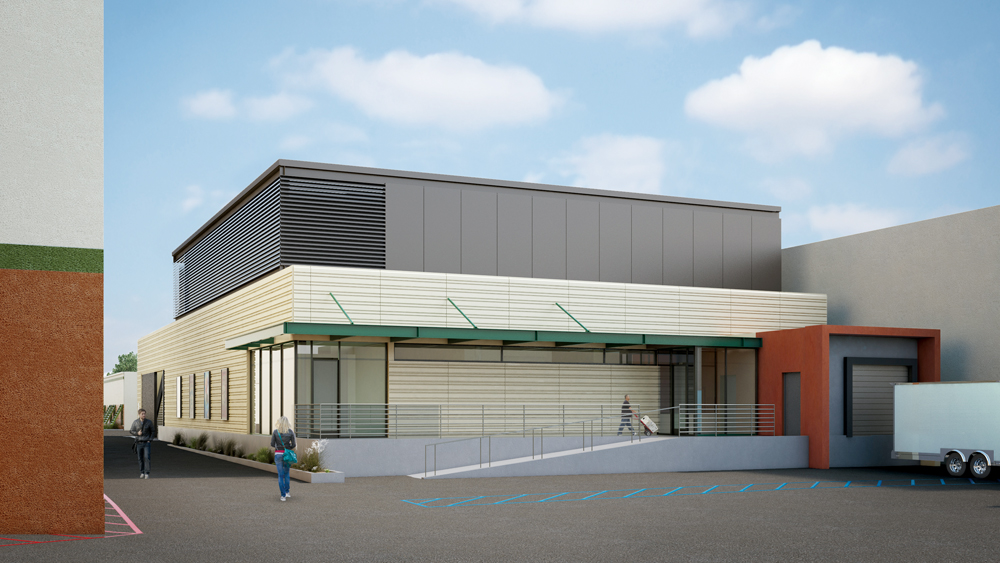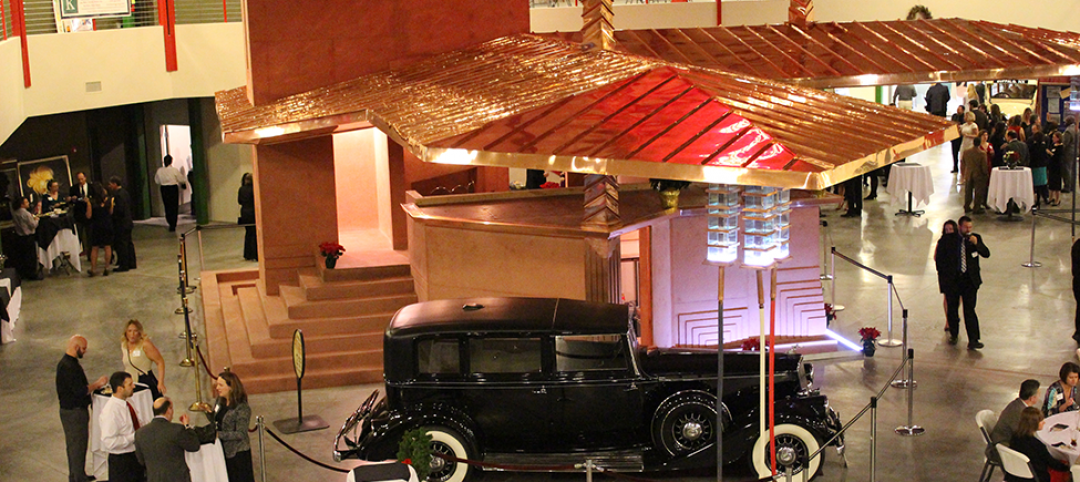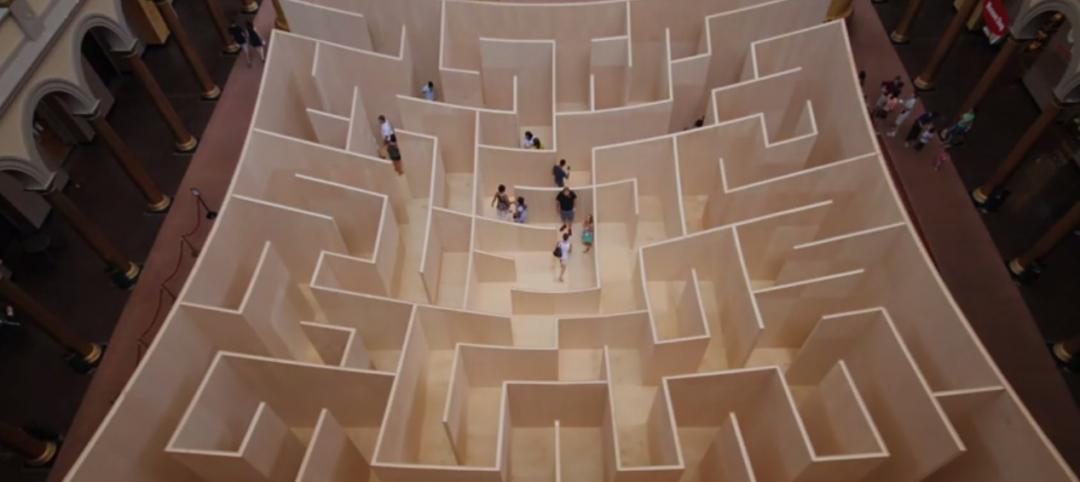A major movie studio needed a new vault to protect its irreplaceable negatives for films released after 1982. The studio was against installing a fire-sprinkler system. But a consultant reminded the studio that an insurer would require some sort of water system to protect the building itself if not the films, which are uninsurable.
The studio turned to SmithGroupJJR, which designed the 415,000-sf National A/V Conservation Center in Culpeper, Va., where the Library of Congress houses its film, video, broadcast, and recorded sound materials.
In that project, local code officials required a clean-agent fire suppression system with a pre-action water sprinkler system as backup. SmithGroupJJR went with a primary system that uses FM-200, a clean, colorless, environmentally friendly gaseous suppressant.
For the movie studio, SmithGroup came up with a “Russian nesting doll” design. SVP Hal Davis, the firm’s Cultural Studio Leader, explains that the vault is its own separate building, equipped with a clean-agent suppression system. The inner shell maintains temperature and humidity at just the right levels to preserve the film negatives. A second structure, fitted with a sprinkler system, will be built over the vault in such a way that water can’t get to the film stock. The roof actually diverts water away from the vault.
Construction of the nearly 10,000-sf structure kicked off in November. Davis says the structural redundancy, while adding to total cost, enabled the building to exceed the regional seismic code standard.
The design has attracted the attention of another studio. Davis believes the concept could have applications for other buildings that protect valuable books, paintings, artifacts, and documents.
Read about more innovations from BD+C's 2014 Great Solutions Report.
Related Stories
| Jul 18, 2014
Top Contractors [2014 Giants 300 Report]
Turner, Whiting-Turner, Skanska top Building Design+Construction's 2014 ranking of the largest contractors in the United States.
| Jul 18, 2014
Engineering firms look to bolster growth through new services, technology [2014 Giants 300 Report]
Following solid revenue growth in 2013, the majority of U.S.-based engineering and engineering/architecture firms expect more of the same this year, according to BD+C’s 2014 Giants 300 report.
| Jul 18, 2014
Top Engineering/Architecture Firms [2014 Giants 300 Report]
Jacobs, AECOM, Parsons Brinckerhoff top Building Design+Construction's 2014 ranking of the largest engineering/architecture firms in the United States.
| Jul 18, 2014
Top Engineering Firms [2014 Giants 300 Report]
Fluor, Arup, Day & Zimmermann top Building Design+Construction's 2014 ranking of the largest engineering firms in the United States.
| Jul 18, 2014
Top Architecture Firms [2014 Giants 300 Report]
Gensler, Perkins+Will, NBBJ top Building Design+Construction's 2014 ranking of the largest architecture firms in the United States.
| Jul 18, 2014
2014 Giants 300 Report
Building Design+Construction magazine's annual ranking the nation's largest architecture, engineering, and construction firms in the U.S.
| Jul 17, 2014
A new, vibrant waterfront for the capital
Plans to improve Washington D.C.'s Potomac River waterfront by Maine Ave. have been discussed for years. Finally, The Wharf has started its first phase of construction.
| Jul 17, 2014
A harmful trade-off many U.S. green buildings make
The Urban Green Council addresses a concern that many "green" buildings in the U.S. have: poor insulation.
| Jul 8, 2014
Frank Lloyd Wright's posthumous gas station opens in Buffalo
Eighty-seven years after Frank Lloyd Wright designed an ornamental gas station for the city of Buffalo, the structure has been built and opened to the public—inside an auto museum.
| Jul 8, 2014
Lost in the Museum: Bjarke Ingels' maze will make you look up and around
The maze, located in the National Building Museum, is a precursor to an exhibit showcasing some of BIG's projects. To navigate the maze, people must look up.

















